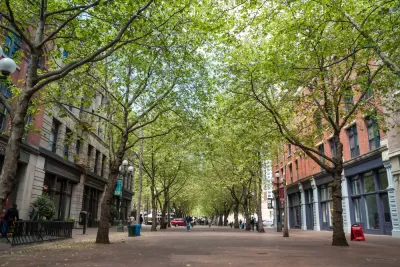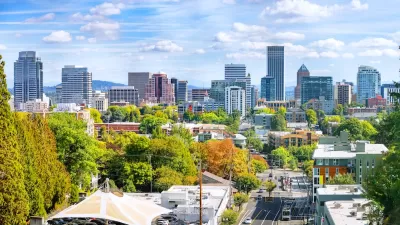Experts emphasize that planting and maintaining trees in urban areas is essential for reducing extreme heat, cooling cities, and preventing heat-related illnesses, especially as heatwaves become more frequent and severe.

As extreme heat events become more frequent and severe due to climate change, experts are urging cities to rely more on trees to mitigate rising temperatures. At a symposium titled Urban Forestry for Changing Times, over 150 arborists, scientists, and community members gathered to discuss the urgent need to plant more trees in California’s urban areas. Researchers like Edith de Guzman from UCLA emphasized that trees are not just aesthetic, but essential for cooling communities by blocking sunlight and providing evaporative cooling.
Scientific studies show that tree canopies can reduce ground temperatures by 11 to 19 degrees compared to areas without trees. Cindy Blain of California ReLeaf, a nonprofit promoting tree planting, noted that trees play a critical role in cooling urban spaces and should be strategically and carefully selected and maintained. The challenge, especially in California, is ensuring trees receive adequate water since they cannot be left unattended after planting as they might be in other regions.
As reported by Rob Hayes, experts highlighted the importance of trees in reducing heat-related illnesses and deaths, particularly in communities with fewer trees. According to de Guzman, neighborhoods shaded by trees experience lower instances of heat-related health issues, underlining the potential life-saving benefits of expanded urban forestry. As temperatures continue to rise, tree planting and care will be vital in protecting vulnerable populations from the harmful impacts of extreme heat.
FULL STORY: Experts: Lean on trees for relief from extreme heat, heatwaves

Alabama: Trump Terminates Settlements for Black Communities Harmed By Raw Sewage
Trump deemed the landmark civil rights agreement “illegal DEI and environmental justice policy.”

Planetizen Federal Action Tracker
A weekly monitor of how Trump’s orders and actions are impacting planners and planning in America.

The 120 Year Old Tiny Home Villages That Sheltered San Francisco’s Earthquake Refugees
More than a century ago, San Francisco mobilized to house thousands of residents displaced by the 1906 earthquake. Could their strategy offer a model for the present?

Ken Jennings Launches Transit Web Series
The Jeopardy champ wants you to ride public transit.

BLM To Rescind Public Lands Rule
The change will downgrade conservation, once again putting federal land at risk for mining and other extractive uses.

Indy Neighborhood Group Builds Temporary Multi-Use Path
Community members, aided in part by funding from the city, repurposed a vehicle lane to create a protected bike and pedestrian path for the summer season.
Urban Design for Planners 1: Software Tools
This six-course series explores essential urban design concepts using open source software and equips planners with the tools they need to participate fully in the urban design process.
Planning for Universal Design
Learn the tools for implementing Universal Design in planning regulations.
Clanton & Associates, Inc.
Jessamine County Fiscal Court
Institute for Housing and Urban Development Studies (IHS)
City of Grandview
Harvard GSD Executive Education
Toledo-Lucas County Plan Commissions
Salt Lake City
NYU Wagner Graduate School of Public Service





























